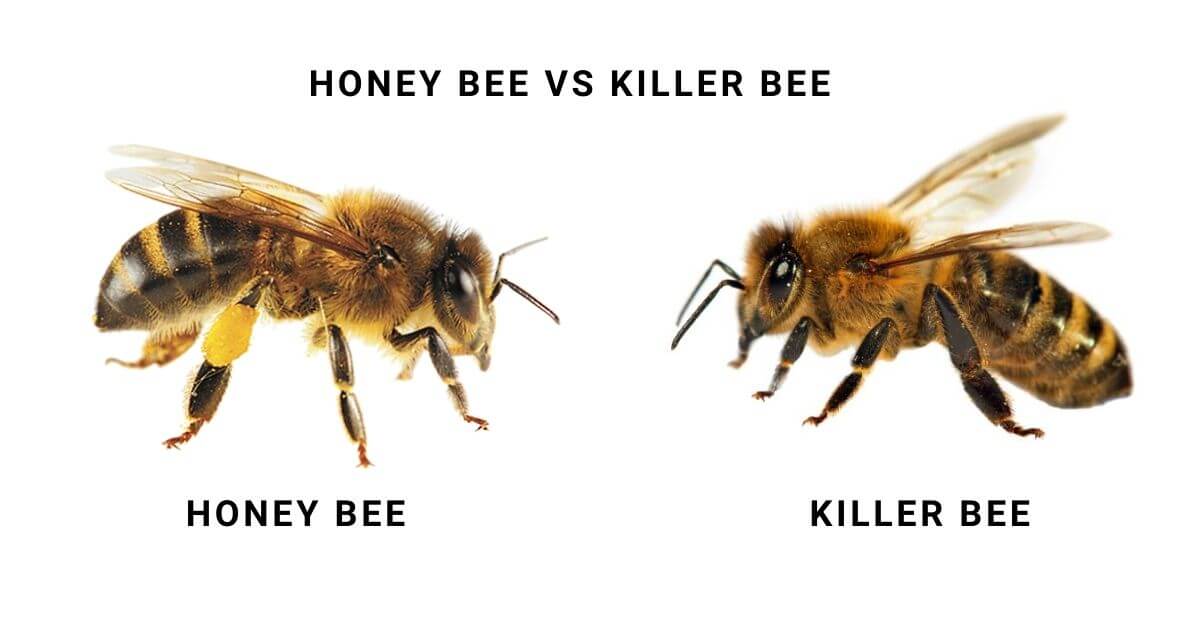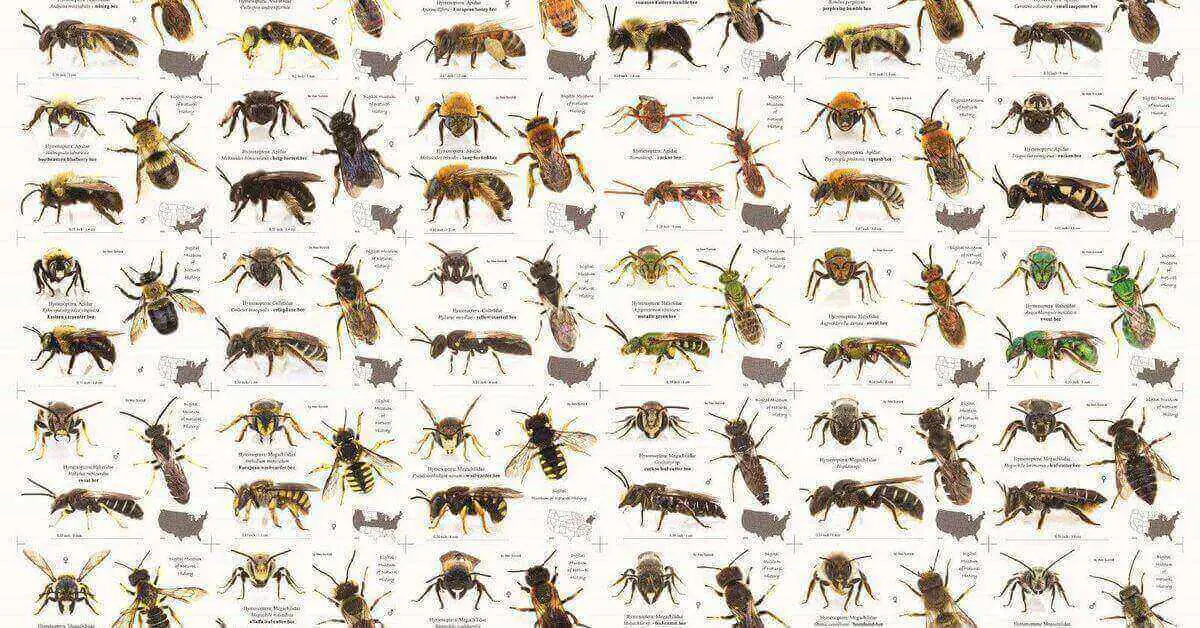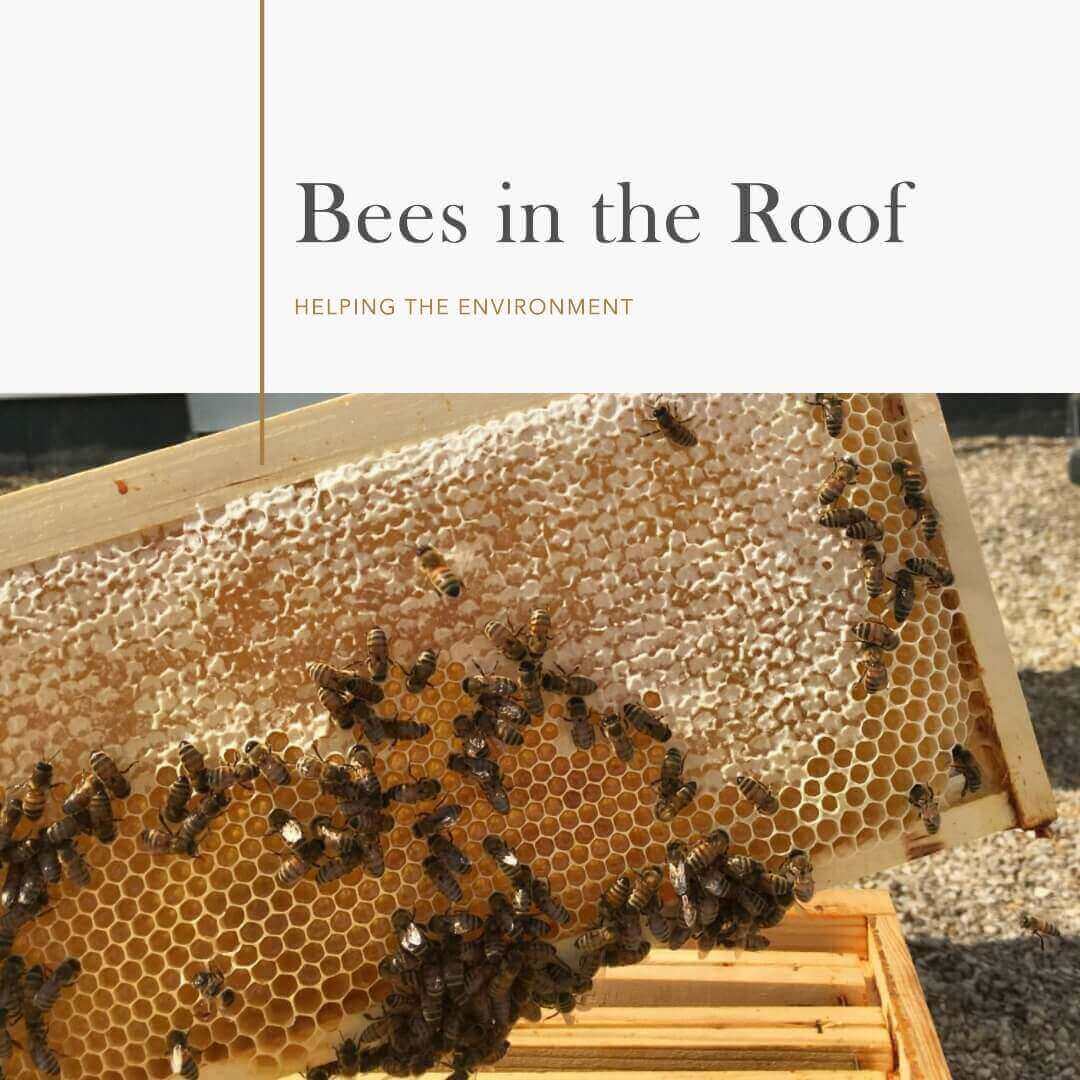Killer bees vs honey bees are two distinct species of bees with unique characteristics and behaviors. Honey bees are the more common of the two and are well known for their ability to produce honey. They are generally mild-mannered and not aggressive unless they feel threatened. On the other hand, killer bees, also known as Africanized honey bees, are a hybrid of African and European honey bees. They are more aggressive than honey bees and tend to swarm in larger numbers.
Honey Bee vs Killer Bee Comparison
Honey bees are used by humans for their honey production and for their role in pollinating crops. They are often kept in hives and managed by beekeepers. The honey produced by these bees is a valuable commodity and is used in various food products and cosmetics. In addition, honey bees are essential pollinators for many fruits, vegetables, and nuts.
Killer bees, on the other hand, are not used by humans in the same way as honey bees. They are not commonly kept in hives and are not managed by beekeepers. However, they do play a role in pollination, though they are not as effective as honey bees due to their aggressive nature. Killer bees are primarily found in South and Central America, but they have been known to migrate to the United States and other countries.
Killer Bees vs Honey Bees Nest
The main difference between killer bee and honey bee nests is their size, shape, and location. Killer bee nests are typically smaller and more irregularly shaped, while honey bee nests are larger and have a distinctive hexagonal shape created by the bees’ wax comb. Additionally, killer bee nests can be found in a wider variety of locations than honey bee nests.

Killer Bee vs Honey Size
In terms of body size, killer bees are similar in size to other honey bees. They typically measure between 0.5 and 0.6 inches (12-15 mm) in length, with a wingspan of around 0.9 inches (22 mm). The workers are smaller than the queen, who can measure up to 0.8 inches (20 mm) in length.
Colonies Size
Usually everyone likes honey bees because honey bees make honey which is useful for humans. Both killer bees and honey bees can have colonies with thousands of individual bees. However, killer bee colonies tend to be slightly smaller than honey bee colonies.
8 Facts about Killer bee vs Honey bee
- Killer bees are a hybrid of African and European honey bees, while honey bees are typically European in origin.
- African bees are much more aggressive than honey bees and will attack perceived threats in larger numbers, often chasing their targets for much greater distances.
- Killer bees have a higher proportion of guard bees in their colonies, which contributes to their more aggressive nature.
- Both killer bees and honey bees are important pollinators, but honey bees are more widely used in commercial agriculture.
- African bees were first introduced into Brazil in the 1950s as an experiment to improve honey production, but the experiment failed and the bees escaped into the wild, eventually spreading throughout South and Central America and into parts of North America.
- Bees communicate with each other through a dance known as the waggle dance, which conveys information about the location of food sources.
- Killer bees are able to survive in hotter and drier climates than honey bees, which has contributed to their spread in some regions.
- Both bees are social insects that live in colonies with a queen bee, drones, and worker bees, but killer bee colonies tend to be slightly smaller than honey bee colonies.
Conclusion
Both killer bees and honey bees are social insects that exhibit a hierarchical organization within their colonies, comprising a queen bee, drones, and worker bees. However, a notable distinction lies in the size of their respective colonies. While honey bee colonies tend to be larger, killer bee colonies typically have slightly smaller populations.




